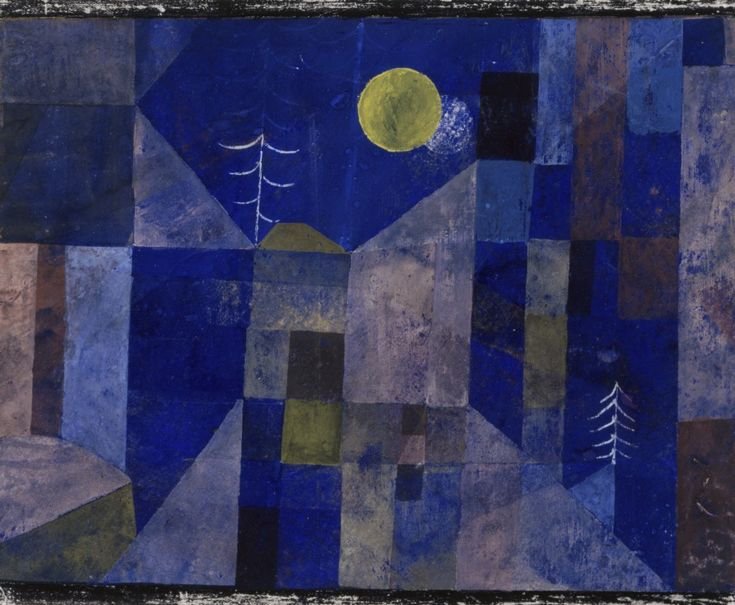What you need to consider when using porcelain
We talk to New Brewery Arts’ Ceramics Technician Rhi Jarman to find out all we need to know about porcelain, its properties and why its worth experimenting in our studio.
How is porcelain different from other clays?
Porcelain is different from other types of clay—such as stoneware and earthenware—due to its:
Composition – it’s made primarily from kaolin, a very pure, fine-grained white clay
Firing temperature - it fires at the highest temperatures, where it becomes fully vitrified, meaning it is non-porous and glass-like even without glaze.
Workability – it’s smooth and fine-textured, but it has low plasticity, making it more challenging to work with—prone to cracking, collapsing, and warping.
Final characteristics - porcelain is creamy white, translucent when thin, and extremely strong and durable, even though it appears delicate.
Why should people (beginners/experienced potters) come and do a porcelain workshop with us?
Avoid the messy and expensive home pottery setup, come and do a workshop at NBA instead! Attendees will receive expert guidance and hands-on instruction from ceramic artists and professional potters to spark creativity, and to help realise ideas.
With access to high-quality materials and equipment, NBA’s workshops provide professional-grade porcelain clay, tools, and studio equipment, including high-temperature kilns suited for porcelain firing.
What will they learn?
NBA’s programme includes porcelain specific workshops, from hand building and sculpture, to throwing on the pottery wheel.
Attendees will learn how to prepare and handle porcelain – moisture management is key! – as well as design principles, surface decoration, and the essential techniques, tips and tricks to get to grips with this beautiful but tricky material.
Why wouldn’t they be able to do this themselves?
They would if they have the space, tools and equipment, but there would be a steep learning curve – especially for beginners. Porcelain is expensive, and self-teaching sometimes means wasted clay and failed pieces.
With support from one of our experienced tutors, attendees will learn how to get the most from the material, with less trial and error, to have the best chance of success.
Check out our upcoming porcelain workshops:
Figurative Porcelain Sculptures - Sophie Woodrow
(Sat 29th Mar, 10am - 4pm & Sun 30th March, 10am - 3:30pm)
Porcelain Throwing (2-day) - Qian Liu
(Thu 10th & Fri 11th Apr, 10am - 4pm, £240)
Porcelain Throwing for Improvers - Qian Liu
(Sat 10th May, 10am - 4pm, £120)
Porcelain Throwing for Improvers - Qian Liu
(Sat 19th Jul, 10am - 4pm, £120)
Porcelain Jewellery - Rhi Jarman Sat 27th Sep, 10am - 4pm, £95)



